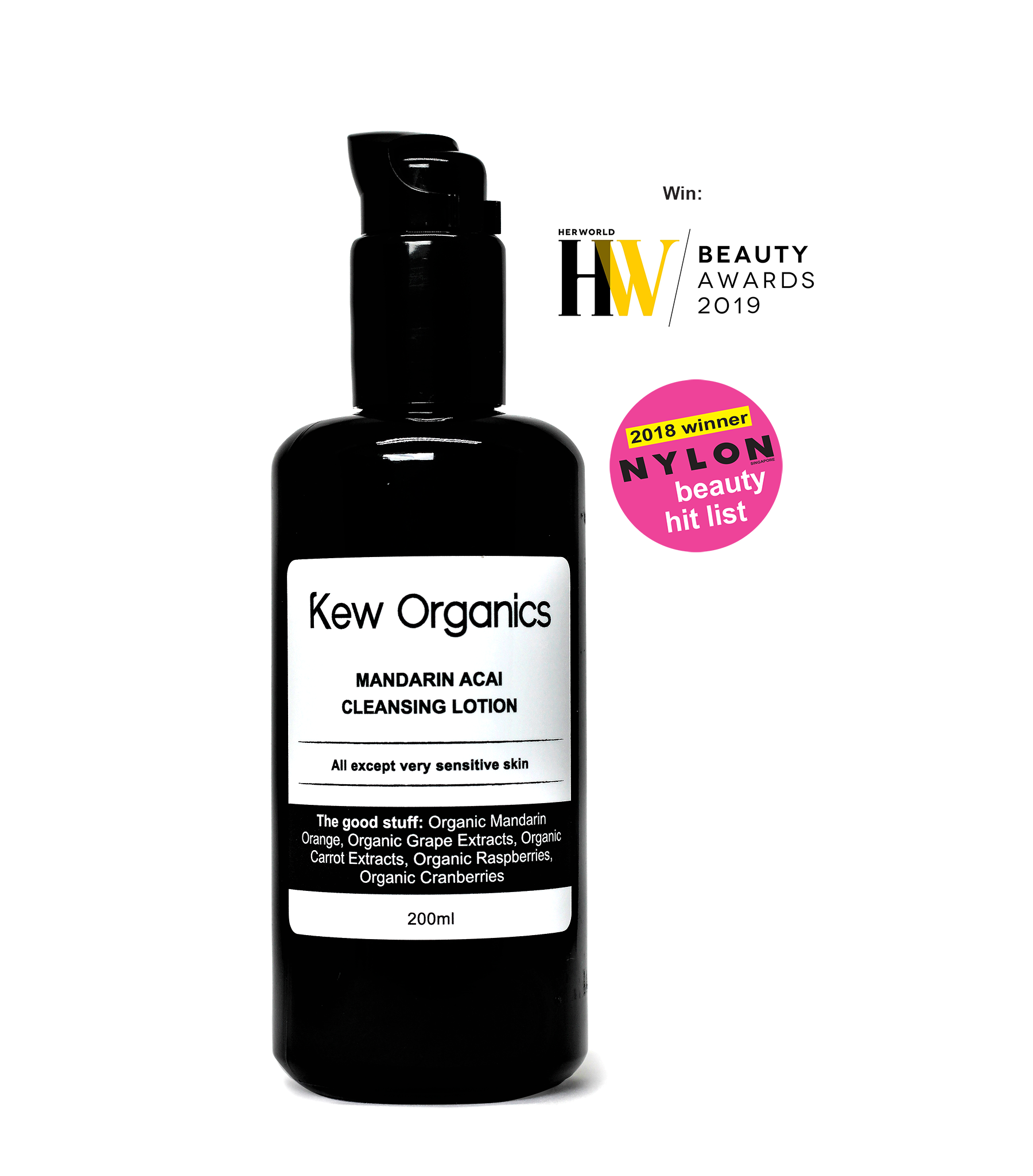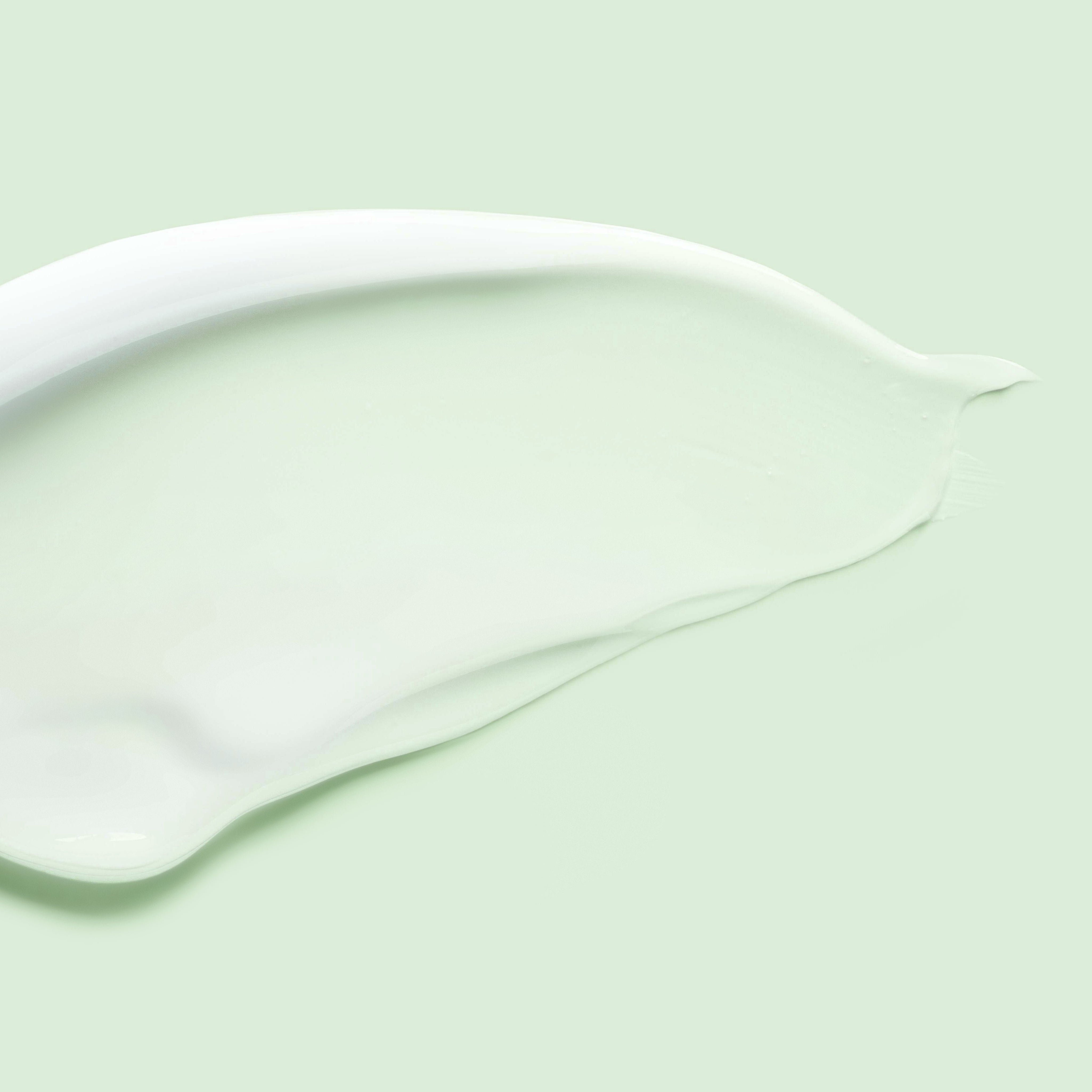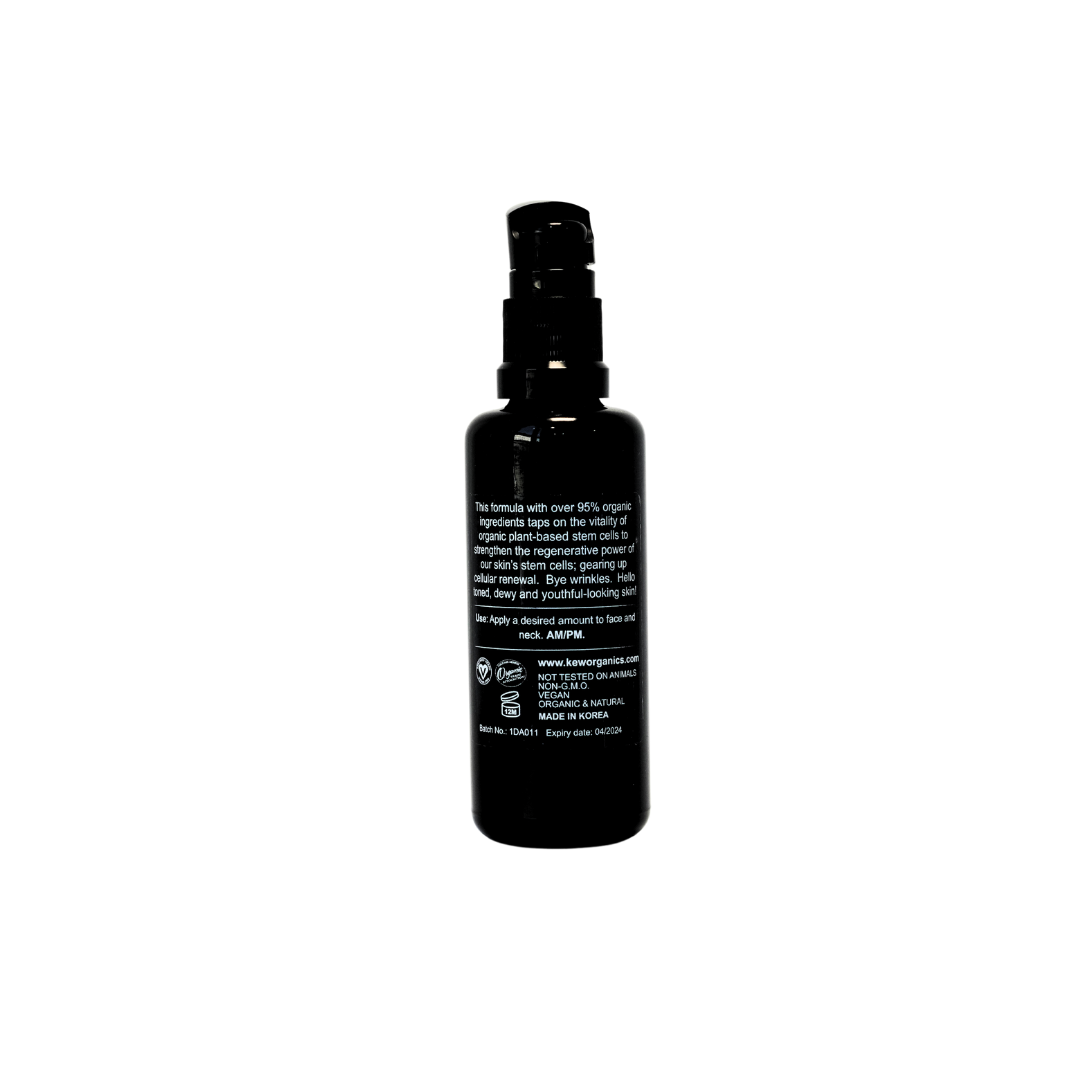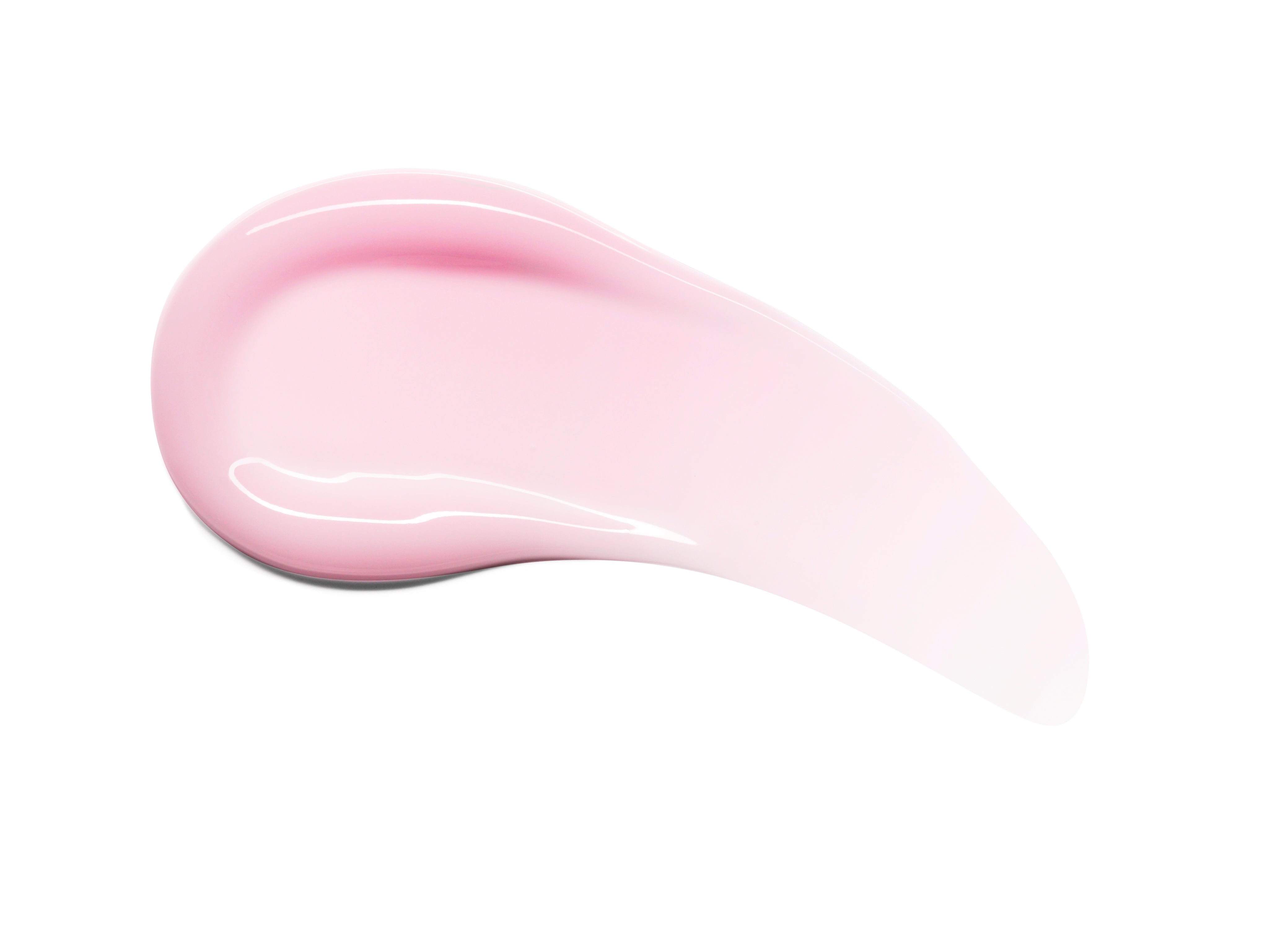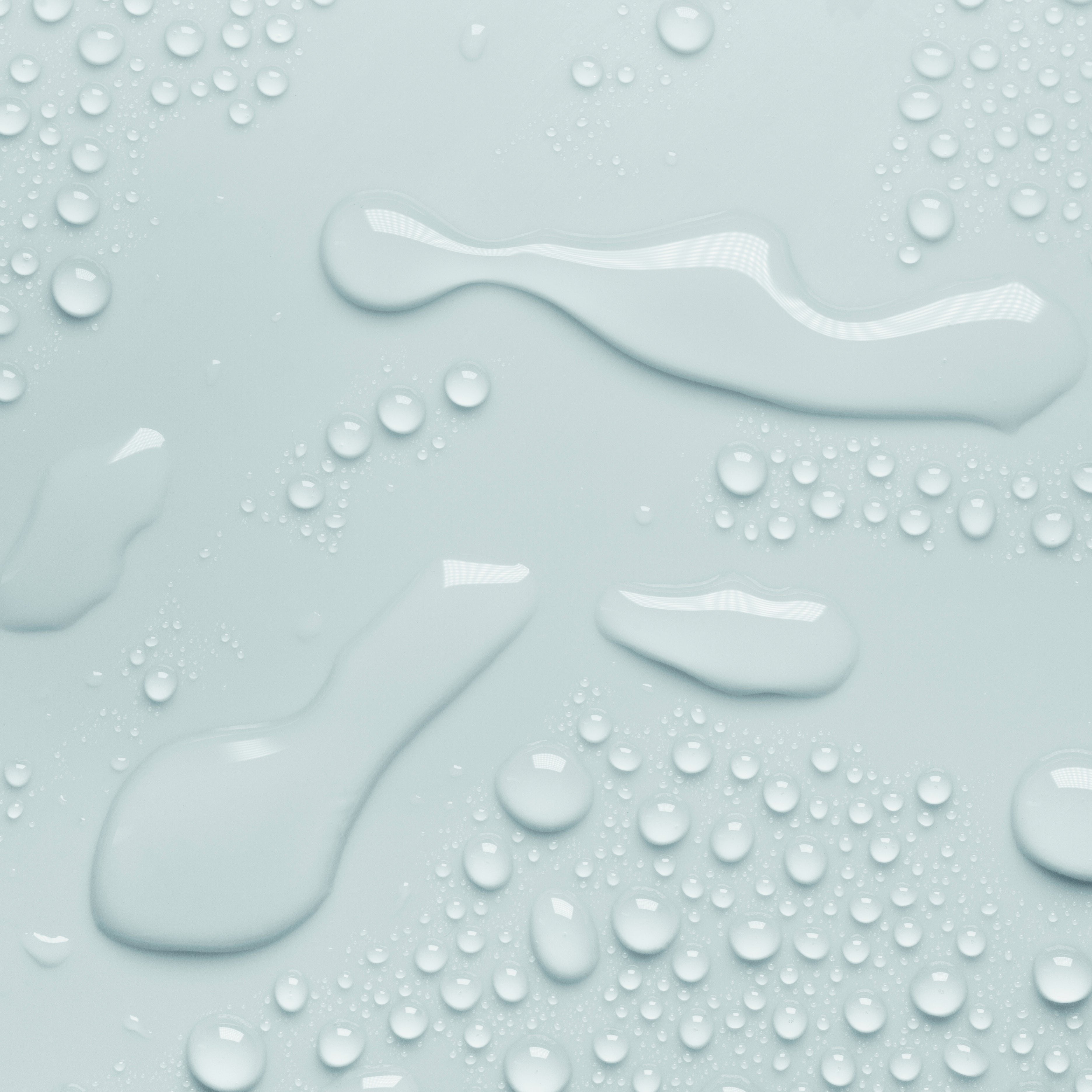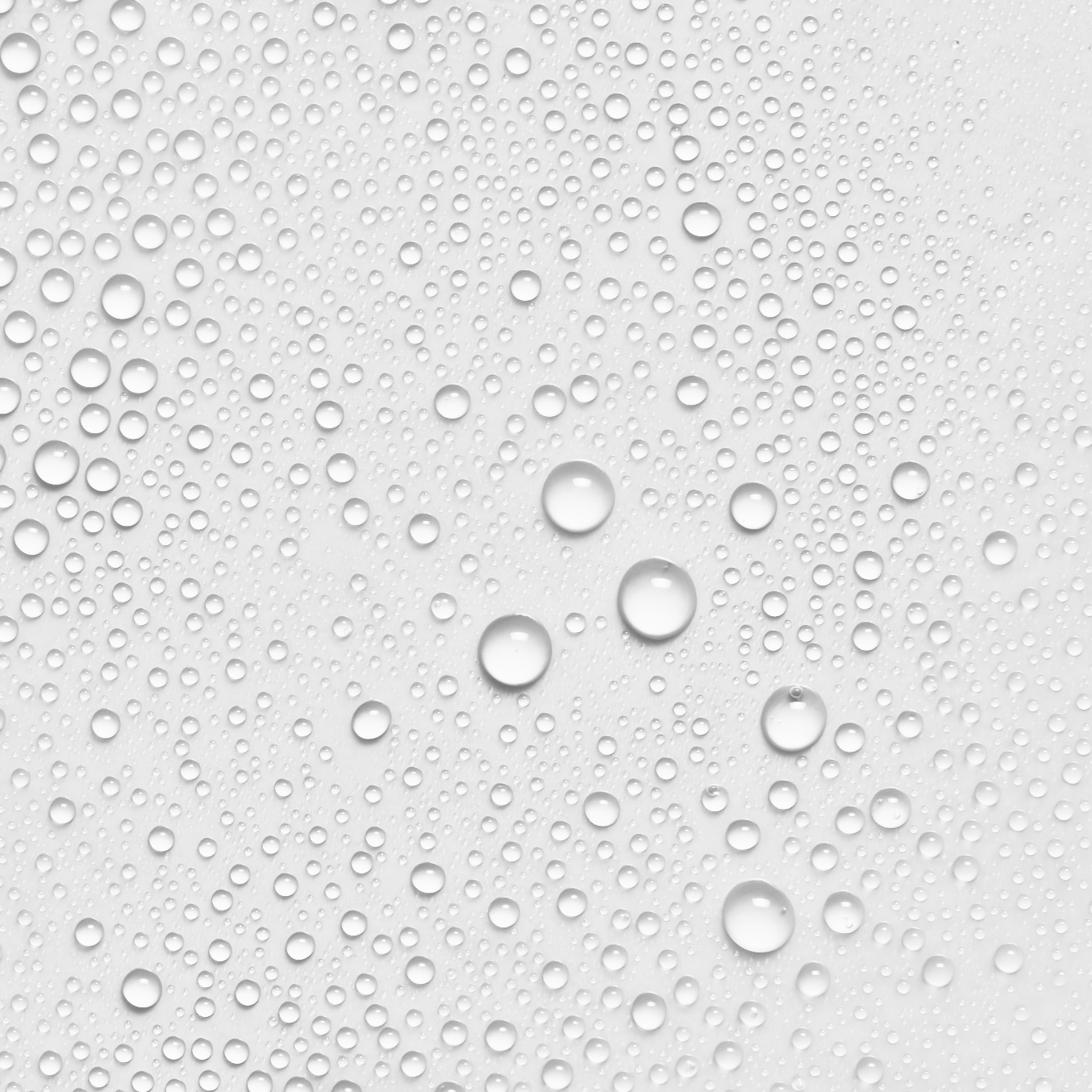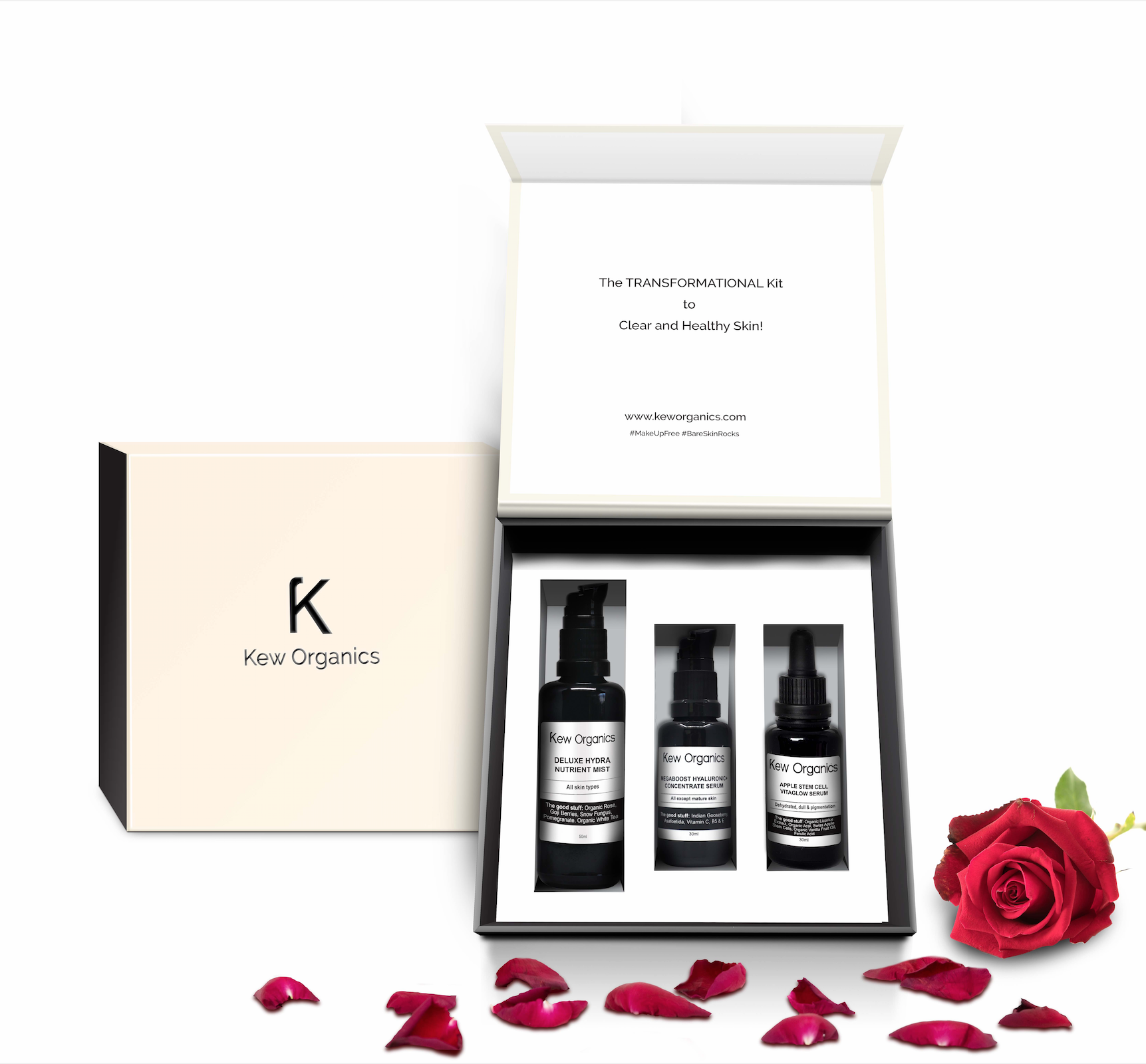Having Mask-Induced Acne Breakouts? Here Are Tips To Improve Skin Condition - Her World 13 May 2020

Published on Her World, 13 May 2020
S / SKIN
Having Mask-Induced Acne Breakouts? Here Are Tips To Improve Skin Condition
Besides mask breakouts, you may be experiencing stress-induced acne at home too. Don’t fret, a DIY facial can helpNow, with mask-wearing enforced, the founder of local skincare line and salon chain Kew Organics – which had to shut during the circuit breaker – foresees more having skin problems.
Add to that the stress of working from home; for some, juggling home-based learning and family; and the daily anxiety of not knowing when the coronavirus will finally abate – and you have a recipe for acne, says the mother of two.
It begins with skin irritation, which occurs from regular contact of skin with the mask fabric, say experts.
“Wearing a face mask can cause a build-up of sweat, oil, dirt and make-up, directly causing acne or worsening skin irritation,” says Dr Chua Cheng Yu, 35, who runs private practice Veritas Medical Aesthetics (veritas.com.sg).
“In extreme cases – such as healthcare workers who have to wear tight-fitting masks for prolonged periods of time – cuts and abrasions may even happen.”
The hot and moist environment created from breathing trapped air makes it ideal for bacteria to grow, adds Ms Har Ni, 38, training manager at aesthetics clinic chain Novu Aesthetics (iamnovu.com). Friction from adjusting your mask frequently can also aggravate breakouts.
Taking care of skin at home
While facial salons and aesthetic clinics remain closed during the circuit breaker, it is still possible to take care of your skin at home with over-the-counter or home remedies. The key is to maintain a consistent skincare regime with a few choice ingredients, say experts.If you are prone to dry and peeling skin after wearing a mask for an extended period, wash your face with a gentle cleanser that does not strip the skin’s natural moisture, says Ms Har. Pat dry, leaving some moisture on the skin, then apply an oil-free moisturising cream to rehydrate.
“Choose a moisturiser that contains ceramides, which help maintain a healthy skin barrier. Ingredients like glycerine and hyaluronic acid, both naturally present in the skin, also help to hydrate and retain moisture,” she adds.
Besides mask breakouts, more may be experiencing stress-induced acne at home.
When skin is stressed, the skin barrier is compromised, allowing allergens and bacteria to penetrate more easily. “Increase in stress is also shown to directly increase oil gland activity, causing oily skin,” says Dr Chua.
Stress-induced acne appears more frequently in the T-zone and forehead areas, unlike hormonal acne which tends to occur along the lower cheeks, jawline and upper neck.
Look out for products with Centella Asiatica, or cica, which soothes and repairs irritated skin, speeding up the healing process, advises Ms Har.
Or try manuka honey – a gentle yet “surprisingly effective” treatment for acne, says Dr Chua. “It has antibacterial effects that gently target the acne-causing bacteria, while keeping the skin moist and reducing irritation.
“Apply it to red and swollen spots, leave it on for 20 minutes before washing it off,” he adds.
You can replicate a facial visit at home too, says Ms Kew. For an easy at-home facial, start with a thorough cleanse of the skin. After cleansing, use an exfoliating product to tackle accumulation of dead skin cells. Exfoliation once or twice a week will stimulate skin renewal, prevent breakouts and allow skin to better absorb skincare. Some common chemical exfoliants include products that contain alpha or beta hydroxy acids (AHA and BHA), salicylic or glycolic acids – though these should be used with caution depending on your skin type.
Face steaming and extraction typically come after exfoliation during a facial. However, beauty boss Ms Kew warns against attempting extractions at home because inexperienced hands can cause injury, inflammation, scars and marks.
Next up is the facial massage. After applying a facial oil (for dry or mature skin) or gel (oily skin), your fingers are all you need to help release tension from facial muscles, encourage oxygen and blood flow to the skin, as well as firm and lift skin.
Ms Kew says: “Starting at your forehead, press your fingers in the space between the brows and work up your forehead towards the hairline, and outwards towards the temples, repeating several times.”
The fingers should next move to the eye area.”Use your fingertips to press the pressure points under your brow bones. Go in a circle around the eyes towards the nose bridge, pressing into the hollows. From the centre of your face, use your fingertips to massage your cheeks gently upwards to your ears, focusing on the hollow areas again.”
Rest your chin on your knuckles next, continues Ms Kew.
“Gently roll and pull knuckles in an upward motion and along the jawline, toward your ears. Finish with your neck, using the same upward motions but working down to the collarbone for lymphatic drainage. This drains the toxins away from your face.”
Alternatively, Novu Aesthetics’ Ms Har recommends a simple two-step massage that also helps with lifting and absorption of your skincare after you have applied your serum or moisturiser.
Step 1:
Press both thumbs against your chin and rest index fingers on the sides of your nose, creating an “L shape”. Cupping the face, glide hands upwards towards the ears with slight pressure. Repeat three to four times.
Step 2:
Using both hands, place three fingers on both sides of the nose. Following the contours of your cheekbones, glide upwards towards the ears. Repeat three to four times.
Finish off with your regular skincare products and a sheet or facial mask – picking one to address the day’s specific skin care concerns – and you’re done.
Dos to prevent mask breakouts
- Pick cleansers with antibacterial and anti-inflammatory properties.
- Hydrate the skin often with water-based skincare products. “When the skin is well-hydrated, the oil glands will slow down the production of sebum,” says Ms Kew. Choosing water-based serums and face mists will also lower the skin’s temperature.
- Steer clear of harsh or chemical-laden products as these can aggravate acne breakouts, sensitivity, dullness and uneven skin tone when the skin barrier is weakened.
- Over-cleanse your face. The sight of oily skin can tempt you to wash your face repeatedly throughout the day, but this can strip and stress skin. Once in the morning and once at night will suffice, says experts.
- Wear make-up or foundation under your mask, as this can further occlude oil glands and pores, says Ms Har.
- Experiment too much at home “because you’re feeling bored”, warns Dr Chua. “Stick to a routine that works, and focus on gentle skincare that moisturises the skin well.”
- Tags: Skincare


















